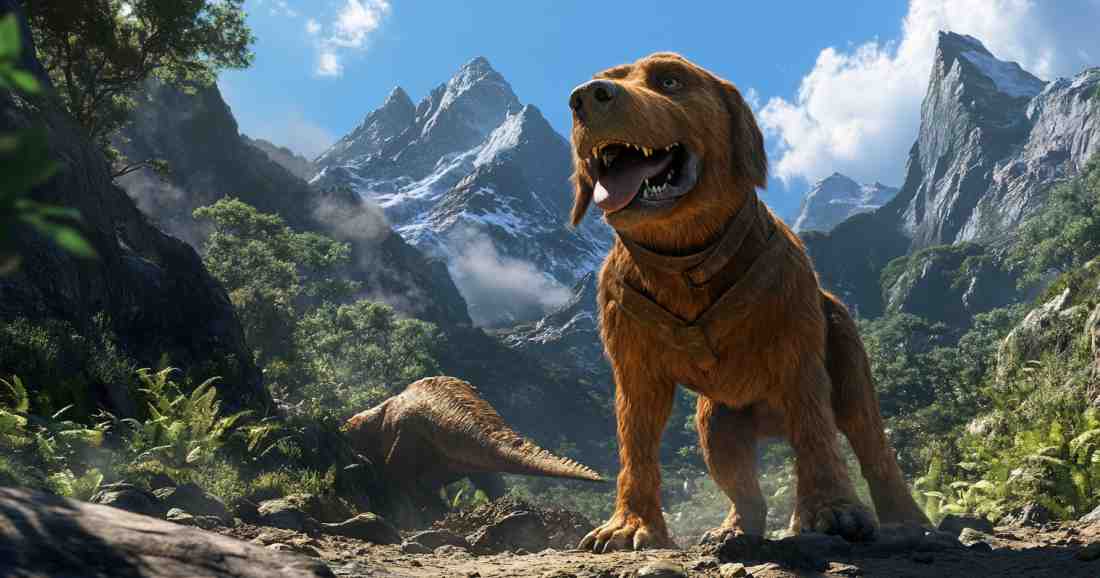
The Dog That Dug for Dinosaurs Quiz, Discover the Fascinating Story of a Fossil-Hunting Pup. Most people associate fossil discoveries with scientists, but did you know that a dog once helped uncover prehistoric treasures? The Dog That Dug for Dinosaurs Quiz explores the incredible story of a canine that played a role in unearthing dinosaur fossils. This quiz will test your knowledge of fossil hunting, dog history, and the connection between animals and scientific discoveries.
In the early 19th century, fossil hunting was gaining popularity, and one of the most famous fossil hunters of the time was Mary Anning. Known for discovering some of the first complete dinosaur fossils, she often searched the cliffs of Lyme Regis, England, accompanied by her trusted dog, Tray.
- Tray was more than just a companion – He helped Anning spot fossils and navigate dangerous terrain.
- Their discoveries changed paleontology – Anning’s work contributed to the early understanding of prehistoric creatures.
- Tray was a loyal fossil-hunting partner – He followed Mary on countless expeditions, always by her side.
Why Was This Dog’s Role So Important?
Fossil hunting in the early 1800s was dangerous, requiring patience and sharp observation skills. Having a loyal and agile dog like Tray provided companionship and safety in unpredictable environments. Some of Mary Anning’s most famous finds include:
- The first complete Ichthyosaurus skeleton
- A nearly complete Plesiosaurus
- Fossils that helped scientists understand the age of reptiles and dinosaurs
How Dogs Have Helped in Scientific Discoveries
Tray is just one example of a dog contributing to history. Dogs have played essential roles in various fields, including:
- Search and Rescue – Dogs are trained to find missing people, even in disaster zones.
- Conservation and Wildlife Tracking – Some dogs help researchers track endangered species and locate fossils.
- Medical Research and Assistance – Dogs detect diseases, assist people with disabilities, and support therapy patients.
Fun Facts About Dogs and Fossil Hunting
- Some modern dogs are trained to sniff out ancient bones – Certain breeds have been used in archaeology to locate buried remains.
- Tray’s story inspired future generations of fossil hunters – His loyalty and keen senses made him an unforgettable part of Mary Anning’s legacy.
- Dogs have better noses than humans – Their sense of smell is up to 100,000 times stronger, making them excellent for detecting scents underground.
- Fossil discoveries have shaped our understanding of Earth’s history – Many of today’s scientific theories stem from findings like Anning’s.
Take The Dog That Dug for Dinosaurs Quiz Now
Curious to learn more about Tray, Mary Anning, and the fascinating world of fossil hunting? The Dog That Dug for Dinosaurs Quiz will test your knowledge on this incredible story, as well as the role dogs have played in science and discovery. Take the quiz now and see how much you know about this legendary fossil-hunting dog!
